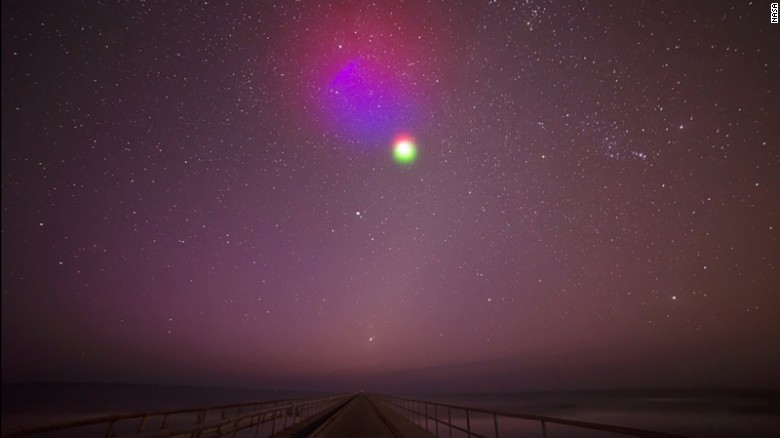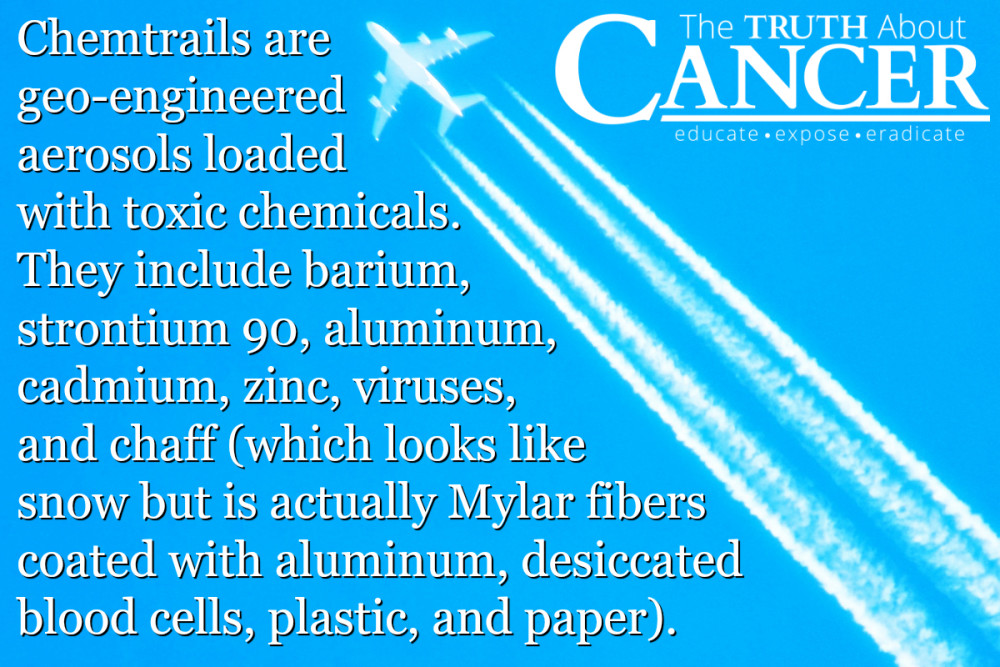even the fake news is telling you about chemtrails and that they exist ..
CNN Admits Chemtrails Exist
Published on Jun 4, 2017
Taking a break from reporting very fake news, CNN finally admitted that geoengineering is real.
http://edition.cnn.com/2017/06/01/us/nasa-colorful-clouds/index.htmlNASA postpones early light show

By Brandon Miller, CNN Meteorologist
Updated 1250 GMT (2050 HKT) June 4, 2017

A long exposure shows the night sky at the Wallops Flight Facility on Chincoteague Island, Virginia.
(CNN)UPDATE: NASA has postponed until at least June 11 the launch of a rocket that was expected to bring a multi-colored light show visible to people along the East Coast.
The launch of a Terrier-Improved Malemute sounding rocket was delayed because of clouds, NASA said. It was set to launch from Wallops Flight Facility on the eastern shore of Virginia.
ORIGINAL STORY -- If you live along the Eastern Seaboard and wake up early Sunday, you could be treated to a colorful sky hours before sunrise.
Blue-green and red clouds could be visible in the predawn sky from New York to North Carolina, thanks to a NASA rocket due to be launched from Wallops Flight Facility on the eastern shore of Virginia.
NASA had hoped to launch the rocket early Saturday, but had to scrub the attempt because of boats in the area where the payload is expected to fall back to Earth.
The Terrier-Improved Malemute sounding rocket isn't even the coolest part of the mission.
Four to five minutes after launch, the rocket is expected to deploy 10 canisters about the size of soft drink cans, each containing a colored vapor that forms artificial, luminescent clouds.
The clouds, or vapor tracers, are formed "through the interaction of barium, strontium, and cupric-oxide," according to NASA.
Since the canisters will be released about 100 miles (160 kilometers) above the ground, the space agency says they "pose absolutely no hazard to residents along the mid-Atlantic coast." Sounding rockets have been used for more than 40 years to carry science payloads on missions that last just five to 20 minutes.
The vapor tracers will allow scientists on the ground to view the movement of the particles in the ionosphere, a part of the Earth's atmosphere that stretches to the edge of space, to learn more about the movement of the air currents at that altitude.
The whole mission will last only about eight minutes before the payload lands in the Atlantic Ocean, about 90 miles out to sea from its launch point in Virginia.


 Forum
Forum

 Home
Home 

 Album
Album 

 Help
Help

 Search
Search

 Recent
Recent 

 Rules
Rules 

 Login
Login

 Register
Register





 Pages:
Pages: 

